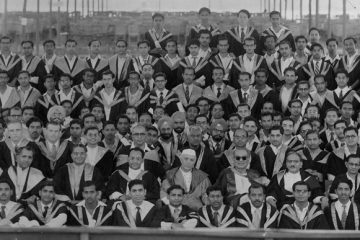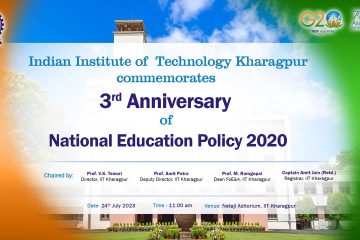
The Pradhan Mantri Ujjwala Yojana (PMUY) has been an immensely successful government program. Launched in May 2016, it aimed to safeguard the health of women and children by providing 5 crore LPG connections in the next 3 years (2016-2019) to BPL families with the support of Rs 1600 to each family. The government has recently decided to enhance the target to 8 crore LPG connections. The time period has been extended to 2020.
However, there have been several practical difficulties in the implementation of the program. For example, the fact that genuinely poor households were left out of the Socio-Economic Caste Survey on which the BPL listing was based (the new government order includes several other socio-economic categories). The scheme also spread more easily in some states, such as Uttarakhand, Bihar and Gujarat than in the others, particularly in the Northeast.
An IIT Kharagpur team of researchers, led by Prof. Manoj Kumar Tiwari of the Department of Industrial and Systems Engineering, have devised a decision support system focussing on PMUY for maximizing (optimizing) the number of LPG connections, including BPL households. A decision support system (DSS) is a computer program that that helps in making sound rational decisions using mathematical programming and operation research techniques.
This approach is first of its kind for analysis of a national level energy policy. The DSS uses mixed integer linear programming to mathematically formulate the policy using input parameters, decision variables and their relationships. The input parameters are, namely, distributing capacity of an LPG dealer, subsidised cylinders available per connection, number of households, and LPG penetration required. The IIT Kharagpur researchers have analysed different scenarios varying the input parameters mentioned.
The mathematical model has found the optimum number of total (BPL) connections required in a region, number of dealerships that need to be commissioned in a region over the policy time frame. This model also incorporates long term goals of the Central government towards overall LPG coverage in the country.
This type of mathematical modelling of a policy can be used as a reference for mathematical modelling of other policies. The team at IIT Kharagpur, whose other members included Mr Shubham Aggarwal (Dual Degree student, now with Schlumberger) and Mr Sudhanshu Kumar (M.Tech student, now with the Ministry of Petroleum and Natural Gas, India) has used Software IBM ILOG CPLEX. The software is widely used in operation research domain to solve large scale real time linear programming problems.
Prof. Tiwari says, “Decision support system for such policies can provide us the exact values of important parameters over the prescribed policy time period, which in turn will help us to take important measures to ascertain the proper functioning (monitoring) of the policy towards the desired goal.”
Despite all the interventions at the state and national level, LPG penetration above 99% is still a milestone to be achieved. PMUY is a flagship policy to attain that mile stone. “In our problem, we have maximized the total number of connections over the specified timeframe of PMUY. This is subjected to the constraint of reaching the stipulated number of connections by the time period mentioned,” says Shubham Aggarwal, a Dual Degree student and member of the IIT Kharagpur team. The model analysed the policy for the remaining time period of 28 months (Jan 2017–May 2019) or 124 weeks for the initial target before the recent expansion of the time frame till 2020.
The IIT Kharagpur team has done sensitivity analysis with the mathematical model i.e. change in a decision variable with respect to the change in parameter. For example, it was found that if the maximum connections offered per week changed from 25,000 per week to 200,000 per week, the total number of connections increases and converges towards a total value of 82.16 million connections, while maintaining all other constraints and parameters intact.
The DSS shows not only the increment in the number of household connections in each state and Union territory over the policy time frame, but also the critical region that contributes most in that zone. In the west zone it is Maharashtra, in the southern zone Tamil Nadu, in the north zone Uttar Pradesh and Rajasthan (the two contribute to more than half of the total LPG connections), and in the east zone Bihar and West Bengal had the highest number of connections. The government can pay special attention to regions critical to LPG penetration, such as Assam in the North-Eastern zone, in order to achieve 100% BPL household penetration, which is the ultimate goal of Indian government.
This kind of DSS can be developed for various federal and state level policies for various commodities like solar panels distributions, agricultural commodities and so on to achieve both long and short term targets of government by monitoring their real time implementation over the policy time frame and controlling all the effective parameters related to the policy. This will help countries especially developing countries to reach their targets optimally in terms of cost, time and quality.
*Pictures have been sourced from http://www.pmujjwalayojana.com/




